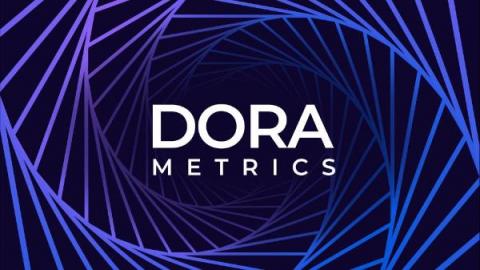Dashboards
Monitor the past, present, and future of your Kubernetes resource utilization
Greetings, Kubernetes Time Lords! Through a series of recent updates to our multi-purpose Kubernetes Monitoring solution in Grafana Cloud, we’ve made it easier than ever to assess your resource utilization, whether you’re looking at yesterday, today, or tomorrow. All companies that use Kubernetes, regardless of size, should monitor their available resource utilization. If a fleet is under-provisioned, the performance and availability of applications and services are at serious risk.
How to display a metric on a Graphite dashboard
Graphite is free and open-source software. It is used as a time-series database monitoring tool, where you can collect, store and display time-series data in real-time. As you can monitor certain metrics of this data using Graphite, it has a very useful and simple dashboard used to visualize these metrics. This article will show you how to display a metric on your Graphite dashboard. MetricFire specializes in monitoring systems.
Trusted Types: How we mitigate XSS threats in Grafana 10
Grafana is a rich platform for data visualization, giving you full control over how your data should be visualized. However, this flexibility and freedom comes with some challenges from a security perspective — challenges that need to be solved to protect the data in Grafana. For years, cross-site scripting (XSS) has been among the most common web application security vulnerabilities.
Distributed tracing for testing with Grafana Tempo and Tracetest (Grafana Office Hours #05)
How we improved Grafana's alert state history to provide better insights into your alerting data
The Prometheus alerting model is a flexible tool in every observability toolkit. When enhanced with Grafana data sources, you can easily alert on any data, anywhere it might live, using the battle-tested label semantics and alerting state machine that Prometheus defines. Often, engineers want to see patterns in their alerts over time, in order to observe trends, make predictions, and even debug alerts that might be firing too often.
Monitor behind a firewall w/ Private Data source Connect on Grafana Cloud (Grafana Office Hours #04)
How to visualize time series from SQL databases with Grafana
Relational databases like MySQL, PostgreSQL, Oracle, and others have a wealth of time series data locked inside of them. Often this data can be used to enhance observability dashboards, or keep track of important application factors, like how many users have signed up for a service. In this article, we’re going to show you how to visualize any time series from any SQL database in Grafana using the time series visualization.
Breaking the memory barrier: How Grafana Mimir's store-gateway overcame out-of-memory errors
Grafana Mimir is an open source distributed time series database. Publicly launched in March 2022, Mimir has been designed for storing and querying metrics at any scale. Highly available, highly performant, and cost-effective, Mimir is the underlying system powering Grafana Cloud Metrics, and it’s used by a growing open source community that includes individual users, small start-up companies, and large enterprises like OVHcloud.
DORA Metrics Considerations
DORA metrics, not to be confused with the beloved children’s cartoon character, are a bit trendy at the moment in the world of technology. The DevOps Research and Assessment group (DORA) is run out of Google. They run surveys and do research into what makes organizations successful in the Digital Age. They’re probably most well known for their yearly State of DevOps Reports and the book Accelerate.










